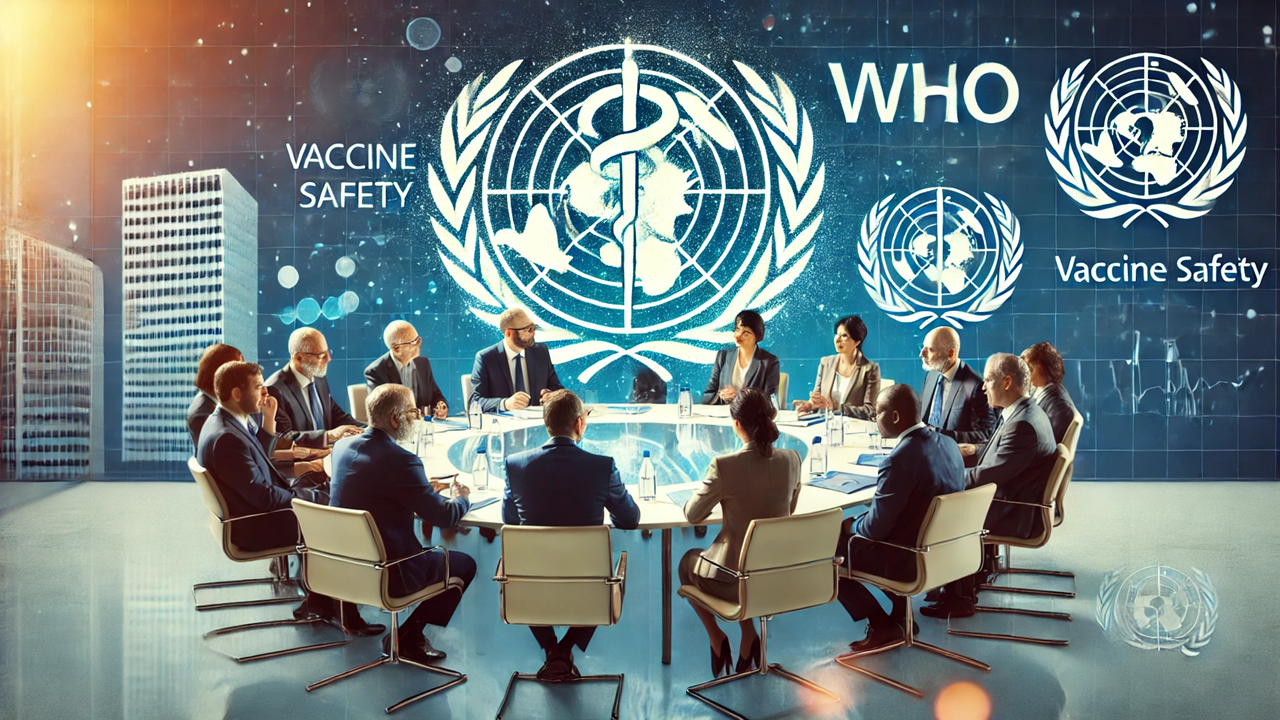Strengthening Global Vaccine Safety: Key Takeaways from the WHO Advisory Meeting
The recent WHO meeting on vaccine safety emphasized the adoption of new monitoring indicators, the safety of key vaccines like nOPV2 and R21/Matrix-M, and the ongoing need for global coordination in pharmacovigilance. The committees highlighted challenges in low-income countries and called for enhanced surveillance and international cooperation to ensure the continued safety of vaccines.

In a recent WHO meeting, global experts highlighted innovative approaches and challenges in vaccine safety monitoring, emphasizing the need for coordinated efforts in low- and middle-income countries.
Innovative Approaches to Monitoring Vaccine Safety
The Global Advisory Committee on Vaccine Safety (GACVS) and the Advisory Committee on Safety of Medicinal Products (ACSoMP) convened in November 2023 to discuss pressing issues related to vaccine safety and pharmacovigilance. One of the key topics on the agenda was the adoption of a new indicator to monitor adverse events following immunization (AEFI). This innovative approach aims to enhance the accuracy and efficiency of vaccine safety monitoring at both national and regional levels.
Previously, countries relied on an older metric that tracked the ratio of adverse events per number of surviving infants. However, the new indicator shifts focus to the number of serious AEFIs reported per million people, providing a clearer picture of vaccine safety in larger populations. The transition to this new metric has already begun, with countries reporting varying degrees of success. Middle-income nations, in particular, are making strides, though they face challenges related to political sensitivities and underdeveloped pharmacovigilance systems.
The meeting highlighted the progress made in the WHO European Region, where a majority of member states have started using the new indicator. However, disparities remain, with lower-income countries lagging due to weaker systems and smaller populations. The committee emphasized the need for ongoing support to strengthen these systems and ensure that all nations can accurately monitor vaccine safety.
Assessing the Safety of Key Vaccines
The safety of several vaccines was a focal point during the meeting. Notably, the committee reviewed updates on the hepatitis E vaccine, particularly concerning its use during pregnancy. Two new studies were presented, providing valuable data that prompted the committee to recommend further analysis by an ad hoc working group.
Another critical discussion centered around the novel oral poliomyelitis vaccine type 2 (nOPV2). Since its emergency use authorization in 2021, nOPV2 has been used extensively in outbreak responses, with nearly one billion doses administered across 35 countries. The committee reviewed recent safety data, noting that while there have been instances of vaccine-derived poliovirus, the rate of such occurrences is significantly lower compared to previous vaccines. This success underscores the vaccine's role in controlling polio outbreaks without causing new ones, though the committee advised continued monitoring.
The R21/Matrix-M malaria vaccine, developed by the University of Oxford, was also scrutinized. In an ongoing phase 3 trial, the vaccine has shown high efficacy, particularly in areas with seasonal malaria transmission. However, the trial also reported an imbalance in deaths between the vaccine and control groups, though this was not statistically significant. The committee called for continued post-licensure monitoring, particularly in the context of co-administration with other vaccines and the potential for febrile seizures.
Addressing COVID-19 Vaccine Safety and Medication Errors
The meeting also provided updates on the safety of COVID-19 vaccines, including the latest recommendations for monovalent Omicron XBB vaccines. With the ongoing global rollout, the committee underscored the importance of robust post-authorization studies to monitor vaccine effectiveness and safety, especially as new variants emerge.
In addition to vaccine safety, the committee discussed the significant issue of medication and vaccine administration errors. Reports indicate that such errors are alarmingly common, with over 1.5 million cases documented globally in the WHO's VigiBase. The majority of these incidents involve medications, but a substantial portion also relates to vaccines. The committee stressed the need for clearer definitions and better reporting mechanisms to reduce these errors and improve patient safety.
Moving Forward: The Need for Global Coordination
The overarching theme of the meeting was the need for greater coordination in vaccine safety efforts, particularly in low- and middle-income countries where resources are limited. The committees recommended enhancing routine surveillance systems, conducting active monitoring in countries with the capacity, and building partnerships to leverage global expertise.
As the world continues to navigate the complexities of vaccine safety, the insights from this WHO meeting underscore the critical importance of vigilant monitoring and international cooperation. With the right strategies in place, the global community can ensure that vaccines remain one of the most effective tools in public health, safeguarding millions of lives worldwide.
- FIRST PUBLISHED IN:
- Devdiscourse










